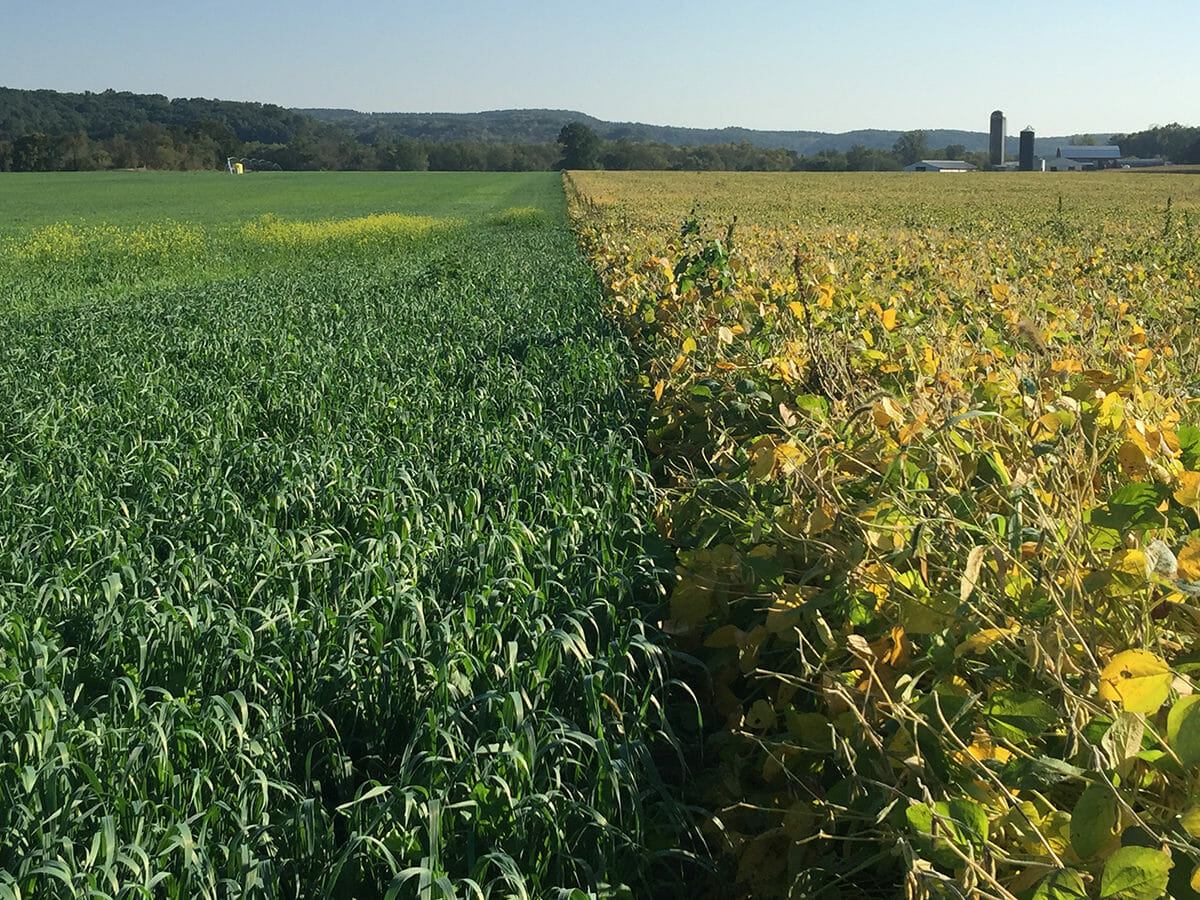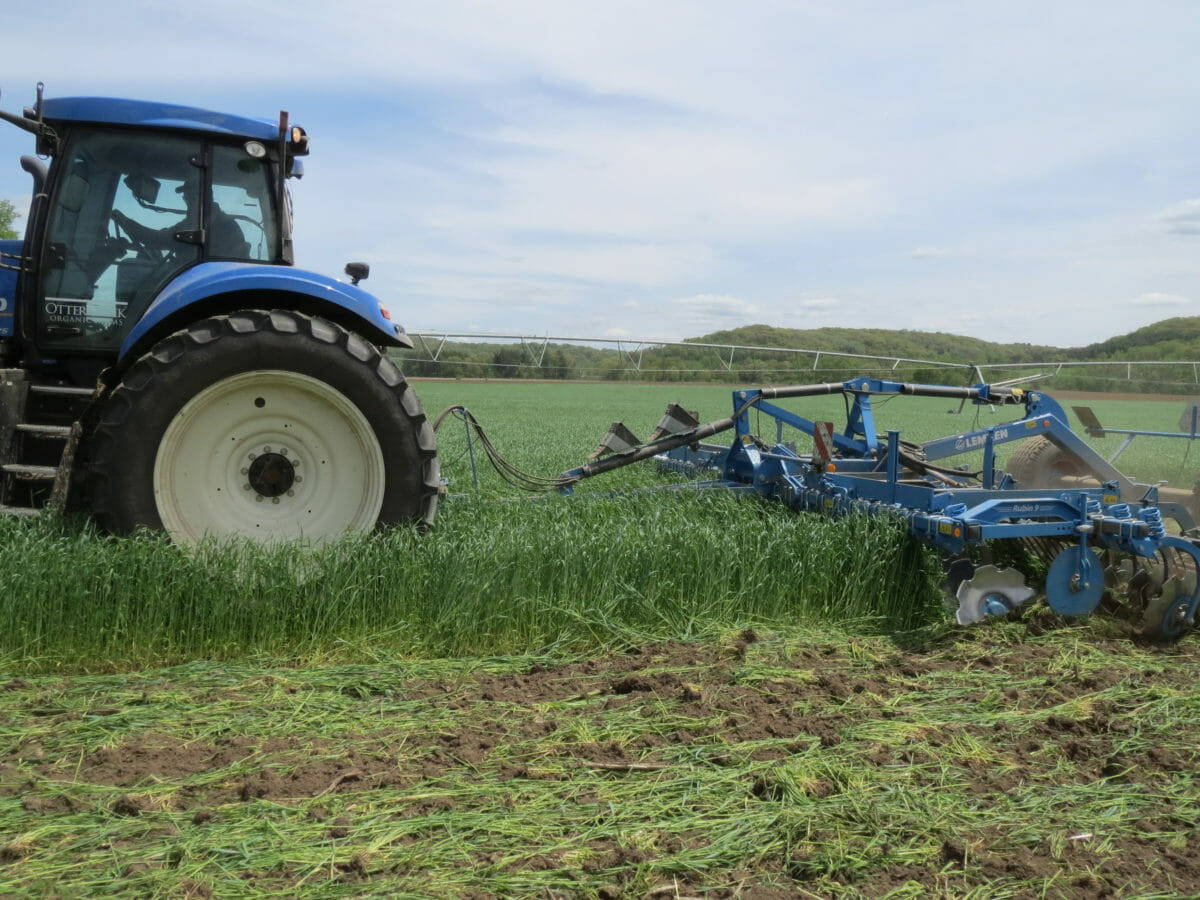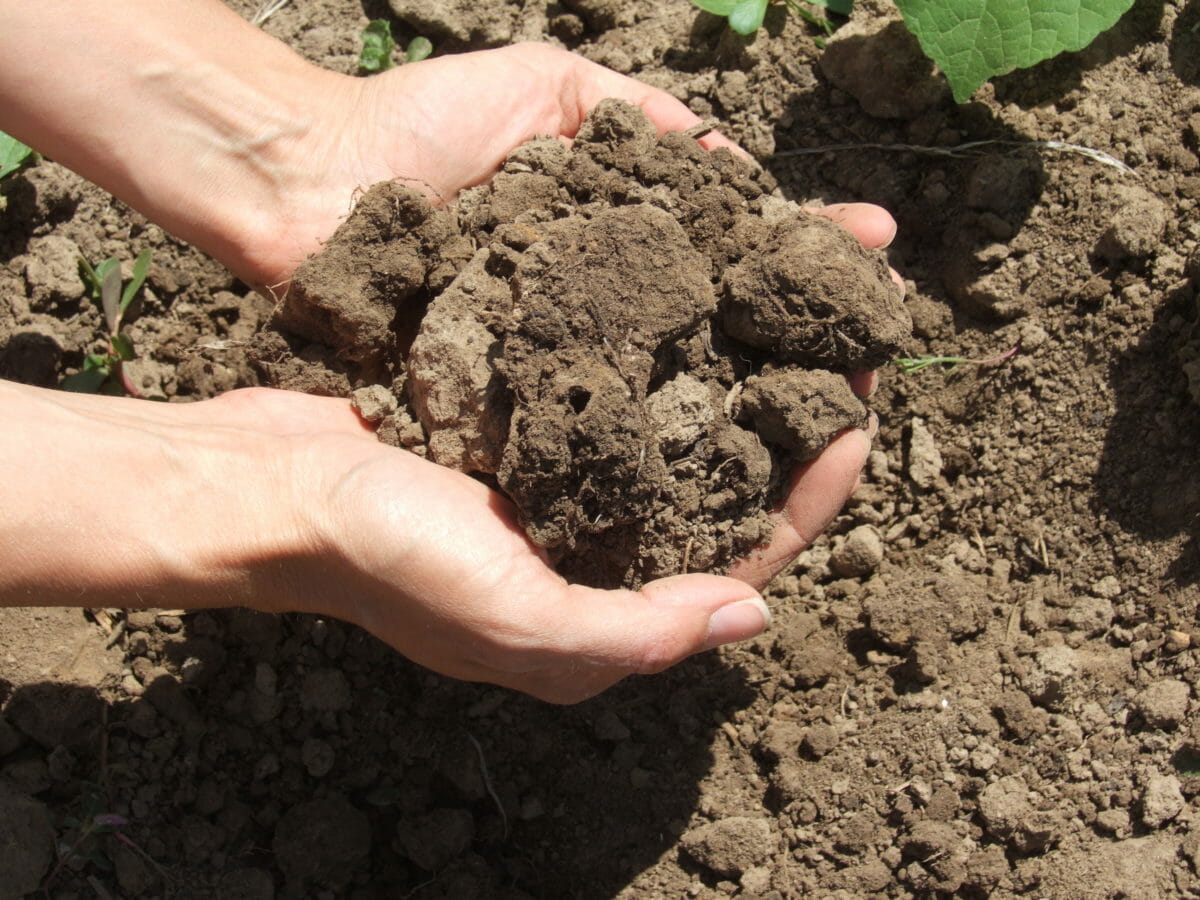Many organic farmers talk about "regenerative farming”, but what does this mean?

As more consumers care about clean air, clean water and clean food and want to buy organic foods more land is being transitioned to organic. Many organic farmers also talk about “regenerative farming”, but what does this mean? Regenerative farming is a system of farming that focuses on healthy, mineral-rich, biologically-diverse soils that grow healthy, mineral-rich food while also improving soils, crops, and the livelihoods of the farmers. A farm can be certified organic just by avoiding prohibited chemical substances, but regenerative organic farmers also do everything they can to get the soil healthy and mineralized. This not only leads to healthier crops but builds organic matter and good structure in the soil and builds soil resilience. Another name used for this farming system, and the one I like to use, is “biological farming”. Instead of focusing on chemistry to produce a crop it focuses on soil life, or biology, hence the name “biological”. I farm this way, my children farm this way, and my company has helped thousands of farmers learn to farm this way and reap the benefits for themselves, the people who eat the food, and for the environment.
[mf_blockquote style=”clean” author=” “]This is how land should be taken care of and food should be grown.[/mf_blockquote]
To assess their soil’s potential to produce a good crop, biological farmers start out with a complete soil test looking at levels of at least a dozen different minerals. The minerals that are short are added by using high quality natural sources to both balance the soils and feed the crop. The next step is creating an ideal home for the soil life. Soil life is fed using manure sources, compost, or a mix of different plant species grown as “green manure” crops which are managed just to feed soil life. This green manure is usually shallowly mixed in soil where it is broken down by abundant soil organisms and builds carbon-rich, beautiful soil structure. Any tillage of the soil is kept to a minimum, and always done with a purpose: to create this ideal home for soil life; to break up any crust on the soil; or to do a deep aeration of soils when necessary to ensure water soaks in and there is plenty of space for air and water in the soil.
This balanced, healthy, mineral-rich soil not only produces high quality crops and high yields, but sequesters carbon the longer the farmer farms this way. The better soils become, the healthier the plants are as they have the needed nutrients and root systems to build plant protective compounds. Plant protective compounds not only protect plants from insects and diseases but also are very healthy for you as a consumer and have the added benefit of tasting great. Consumers like to buy produce that is high in health-promoting phytonutrients such as blueberries, elderberries, and kale. If these plants are grown in biologically active, mineral-rich soils they will be able to produce more of those phytonutrients that protect both them and you. So biological, regenerative farming is not just clean air and clean water, it’s also clean food with better health benefits. It is a system where the focus is on regeneration of soils using proper tillage, lots of minerals for the plants and for soil life, and living, beautiful, biologically rich soils. This is how land should be taken care of and food should be grown – with benefits for the environment and the consumer.
Zimmer holds a bachelor’s degree from the University of Wisconsin-Madison and a master’s degree in Dairy Nutrition from the University of Hawaii.


Does anyone know of a place to post a job opportunity in a place where an aspiring young farmer might see it? My husband and I are looking for an assistant manager/machine operator to help us with our hay farm in south central Idaho. This is a great opportunity for anyone able bodied and passionate about Ag and regenerative ag.
Is the department of agriculture and the BLM on board with biological farming? If not, how can we best encourage their education and participation?
We now have minraly ballanced organic soil… seed a radish 15 days have edabil product.. yes 15 days… no gmo.seed…
If you are tilling “green manure” into the soil, it isn’t REALLY regenerative. Any sort of tilling is very disruptive to soil life. Adding minerals also isn’t ideal. Look up Gabe Brown on Youtube for more information about this.
Why is the author of this article “General Mills”? It’s that an actual writer or the company?
mm
Interesting vant to get news and follow the practicing regenerative agriculture.
Sounds great….how to take it to the next level? Large scale production agriculture, where a producer needs a profitable return on all acres. Transition to this system takes time, money and planning. KS
I have a 10 acre pasture that I would like to begin regenerative farming. I know nothing and I would love some help! How many cows can I run on it? How big a space do they graze at a time? How often do I move them? Please help a rookie out!!!
Hermoso este material.